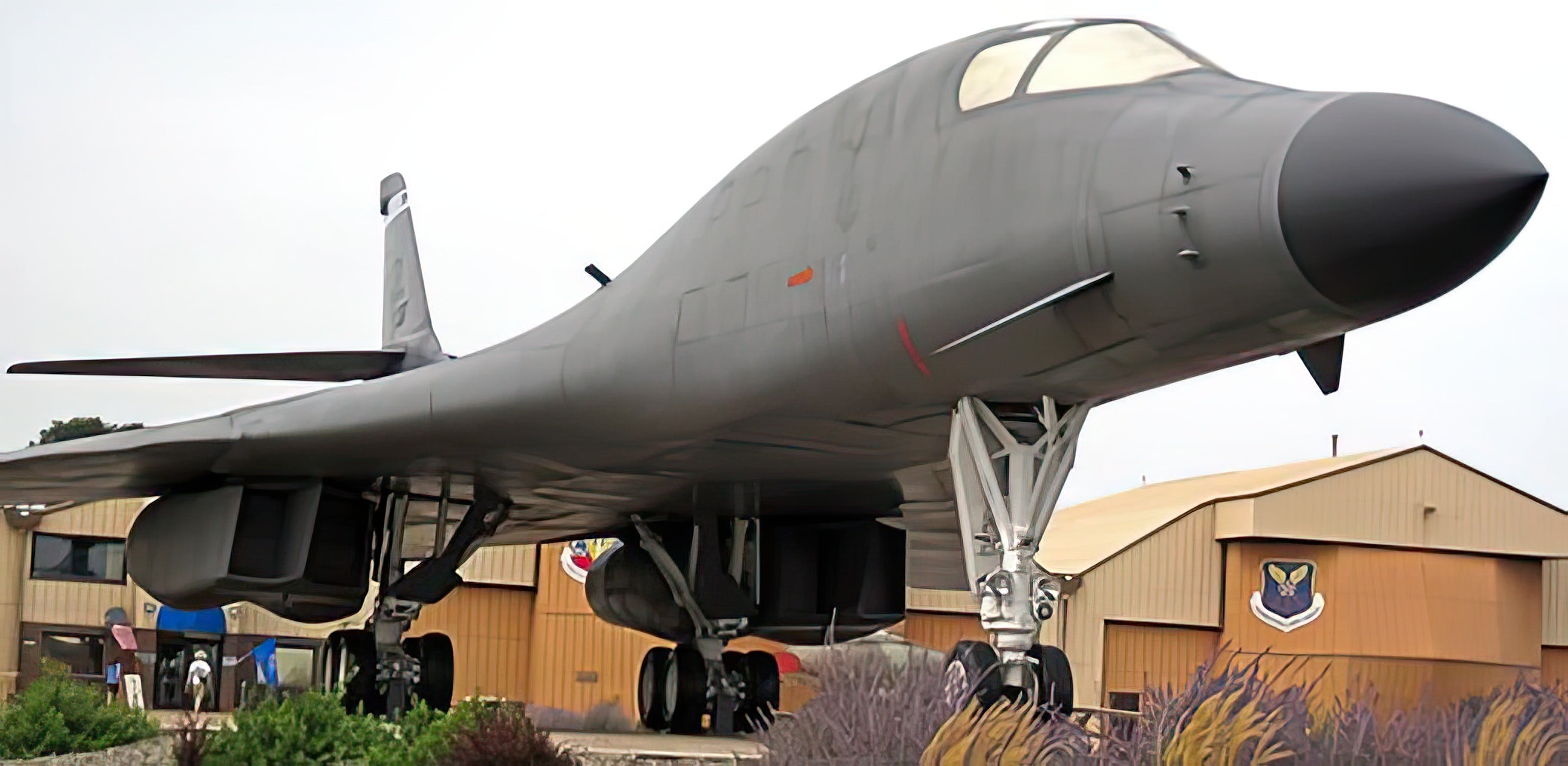History of the B-1
The B-1 Lancer, initially developed by Rockwell International before being taken over by Boeing Company and eventually known simply as the “Bone,” has long been one of the hallmarks of the US Air Force (USAF) strategic bombing fleet since it entered service in 1960. Commonly referred to by its initials, “B-One”, this iconic military plane has played an essential role since it entered service with USAF strategic bombing fleet.
Initial concepts of the B-1 Lancer during its conceptualization in the 1960s focused on producing a supersonic bomber with an impressive payload and range capable of replacing the prevalent Boeing B-52 Stratofortress aircraft. Over time, however, its development veered off course toward low-level penetrators, with long-range capability combined with supersonic speed capabilities making this aircraft one of America’s premier weapons systems for low-level penetration missions.
The B-1B Lancer, the production version of the B-1, has been in active service to the USAF since 1986. Focusing on long-range low-level penetration, its design allows it to break sound barriers by reaching speeds up to Mach 1.2. Its impressive speed and capacity for carrying precision-guided and unguided munitions make this versatile yet formidable weapon capable of modern warfare.
After several decades in service, the B-1B Lancer shows no sign of slowing down; projections predict active duty well into the 2030s. Meanwhile, as technology and warfare advance, plans have begun for its replacement. The Northrop Grumman B-21 Raider, currently under development, will likely eventually replace it, opening up new opportunities in strategic bombing for USAF forces worldwide.
Why can’t the B-1 carry nukes?
The B-1B Lancer heavy bomber of the United States Air Force cannot carry nuclear weapons due to an international arms agreement. Following the end of the Cold War in 1991, both nations agreed to enter into an International Strategic Arms Reduction Treaty (START) designed to reduce the nuclear arsenals of both sides. One provision of this treaty included altering the B-1B Lancer fleet to make them incapable of carrying nuclear weapons, effectively making them conventional-only bombers.
The B-1B Lancer was initially developed with the capability of carrying nuclear weapons, making it a versatile platform suitable for strategic requirements at that time. But once geopolitics changed and the START treaty came into force, U.S. officials determined its role would now be conventional bomber rather than nuclear-capable. Therefore, modifications were undertaken on its hardware and software systems to remove its nuclear capability – including alteration to ensure no weapons could be carried or released during flight.
By 1997, the nuclear conversion process had been completed on all B-1B Lancer aircraft and was subjected to inspections from Russian officials to verify compliance with treaty terms. Since this step is irreversible, its results mean it will continue as an exclusively conventional bomber for as long as its operational service span.
However, this decision does not compromise the B-1B Lancer’s effectiveness as a strategic asset. It remains an effective long-range supersonic low-level penetrator capable of carrying an arsenal of precision-guided and unguided weapons for precision strikes against targets across any terrain imaginable. While not contributing directly to the nuclear capabilities of U.S. forces, its contribution remains essential within the conventional military capabilities of the U.S.
A limited edition canvas print titled “The Bone,” includes an actual fragment from the second prototype B-1A Lancer, making it a unique piece of history!
“The Bone” – B-1A Lancer Aviation Art Print by Artist Craig Tinder
To purchase or see similar items, visit here.
Commissioned by Museums, Treasured by Collectors






Share:
The PBY Catalina: A Legend of the Skies
Decades of Dominance: The Story of the F-4 Phantom